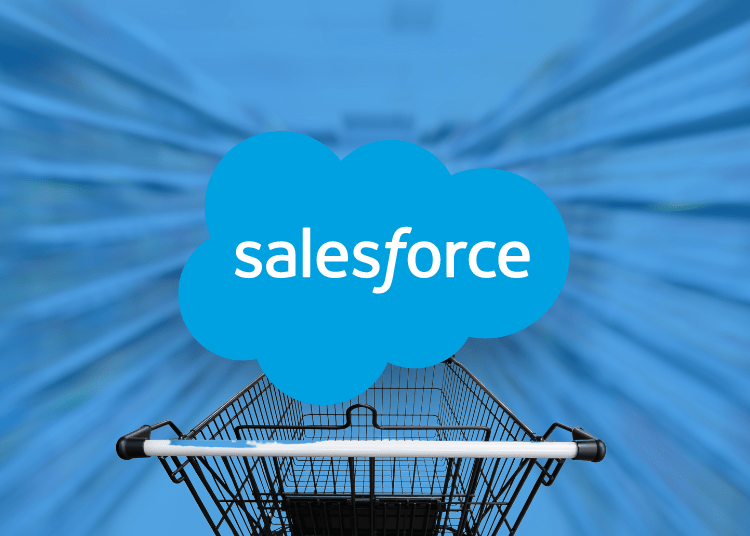Nearly a third (30%) of consumers have begun to curtail their expenses, with home energy consumption (57%), fashion (40%), and entertainment (22%) bearing the brunt of cutbacks as cost of living goes higher, as per a recent Salesforce Survey.
As per the survey, this rise in the cost of living has also significantly impacted food and drink purchases, with a substantial proportion of grocery shoppers altering their buying behaviour in response to price hikes.

According to EY’s Future Consumer, “The cost of living crisis will impact consumer confidence and expenditure differently depending on their age, income and dependants. While a third of middle-income consumers anticipate being financially worse off in the next 12 months, that declines to only 15% of high-income consumers.”
Ben Davies, Founder, Vypr (a market insights platform) said, “with the pace of change we’re seeing in the world, I think anyone making big bold predictions about trend buckets anything more than four to six weeks beyond where we are now is asking for trouble,”
He also added, “Making consumer behaviour predictions is hard enough in times of full economic stability, let alone when we’ve lurched from generational crisis to generational crisis.”
The report identify four shopper types poised to shape 2023:
- Practical Purchasers: Prioritising convenience, especially quick delivery options. For much the same reason they’re big fans of subscription models rather than repeat buys (54%) but equally value retailers, such as convenience stores, that facilitate last-minute buys (93%).
- Savvy Spenders: Focused on obtaining good deals and discounts, driven by economic constraints. 52% saying they’re currently buying less overall and 32% downtrading to more affordable brands. Cost (70%) is their top priority.
- Sustainable Shoppers: Gen Z consumers committed to ethical and sustainable shopping. 89% say they believe they can make a difference by shopping in a more environmentally friendly way, which includes seeking out local retailers and brands (86%).
- Experience Seekers: Conservative consumers valuing familiarity, occasional splurges on experiences, and treats. That means 78% prefer to buy from a brand they know and 79% continue to make regular (at least weekly) trips to brick and mortar stores.
“Excessive spending has become a thing of the past and more consumers – even those not so affected by the crisis – are cutting costs” the report says.
Understanding what consumers want is the key to surviving this cost-of-living crisis

Sharing the highlights of the report, Adrian Smalley, Customer Transformation Senior Director, Consumer Goods at Salesforce says, “From the pandemic to the conflict in Ukraine and the threat of climate change, the cost of living crisis is the latest in a string of major disruptions”.
He also added, “If the last few years have taught the industry anything, it is to prepare for the unexpected.” “These topline insights should absolutely feed into strategies as we head into 2023 but brand teams should regard them as a starting point, a baseline for an ongoing pulse check month by month, or even week by week. This will mean not only gathering data from various sources, but sharing with teams regularly to analyse and take action, be it to tweak promotions or pricing, NPD or shopper marketing campaigns in order to reflect the current zeitgeist.”
“It’s true that many brand owners aren’t set up for this. On the one hand, they often lack the capabilities for precision marketing and the mechanisms via which to gather first-party data, both of which are required to build the right segments and target the right consumers with the right messages. Plus, they lack agility. They rely on agencies to do this work on their behalf, slowing down decision processes and, added to this, they continue to use annual planning that leaves little scope for even quarterly adjustments. But as the industry navigates this latest crisis that will need to change. If it doesn’t already exist, agility will need to be reverse engineered into each process, with cross functional teams collaborating to drive faster approvals leveraging software to make data-driven decisions significantly faster. Nobody has a crystal ball for exactly how the cost of living crisis will impact consumer behaviour in 2023. If the last few years have taught the industry anything, it is to prepare for the unexpected after all. That’s why embedding insights and data-driven actions must be at the core of operational decision making over the next 12 months, with brands set up to respond to evolving consumer preferences, whatever that may look like a year from now” he added.
Click here to view the full report.
















